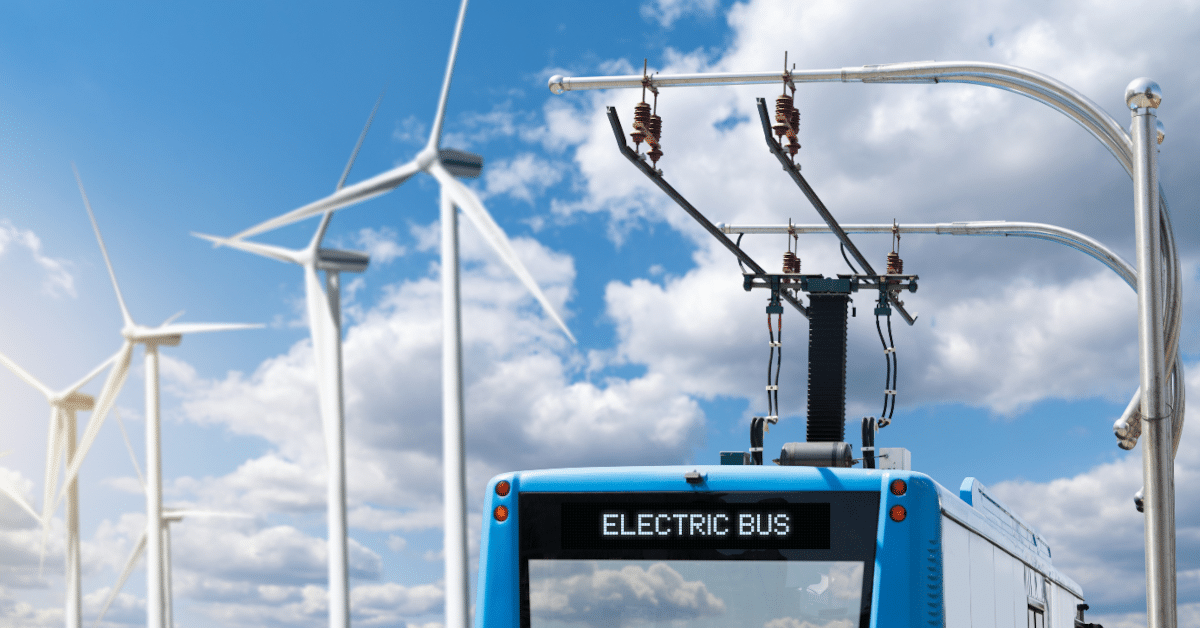The Czech Republic is one of the countries that did not meet the June 30 deadline for submitting the NECP proposal to the European Commission. In addition to the previously presented 8 scenarios as a background for the Czech National Energy and Climate Plan, two other scenarios will be modeled: the first one will place greater emphasis on the development of renewable energy sources (however, this also assumes new reactors and, on the contrary, does not fully utilize the potential of RES) and the second assumes rapid and massive construction of nuclear reactors (and significantly slow development of RES). In both cases, a coal-free energy system is expected in 2033.
NGO representatives strongly criticize that the specification of the scenarios underestimates the costs of building nuclear reactors and does not consider the option of no construction at all. One of the scenarios includes one new reactor in Dukovany in 2040 and one reactor in Temelin in 2045 as an entry condition. The second scenario considers the first small modular reactor in 2035, large reactors in Dukovany in 2035, and two new reactors in Temelin by 2041.
At the same time, environmental organizations welcome the fact that the modeling – unlike the past one within the Coal Commission – takes into account realistic assumptions about the price of emission allowances and thus also about the end of coal by 2033. A greater emphasis on energy savings is also positive. However, environmental organizations suggest that the scenarios allow for higher (realistic) possibilities for the development of renewables. While the proposed scenarios consider new photovoltaic and wind power plants with a capacity of 10 and 6 GW, respectively, and 1.7 and 1 GW in 2030, expert studies show the possibility of installing 15 GW in photovoltaics and 2 GW in wind.
Modeling of the scenarios is to take place until 15 August. In addition to the two scenarios, sensitivity analyses are to be prepared, which take into account faster (but also, conversely, even slower) development of renewables or higher costs for the construction of nuclear reactors.
Environmental organizations have also criticized the lack of public involvement in the preparation of strategic documents. In May, the Ministry conducted a public consultation through an online form. Only now, at the beginning of August, the Ministry published the findings of this consultation. It is not at all clear whether and how these findings will affect further work on the NECP. Whether the Ministry will still organize the second round of public consultation promised by the Ministry itself remains to be seen. The submission of the draft NECP is expected in September.
August 2023
Download necps report — march 2023
PREVIOUS
NEXT

